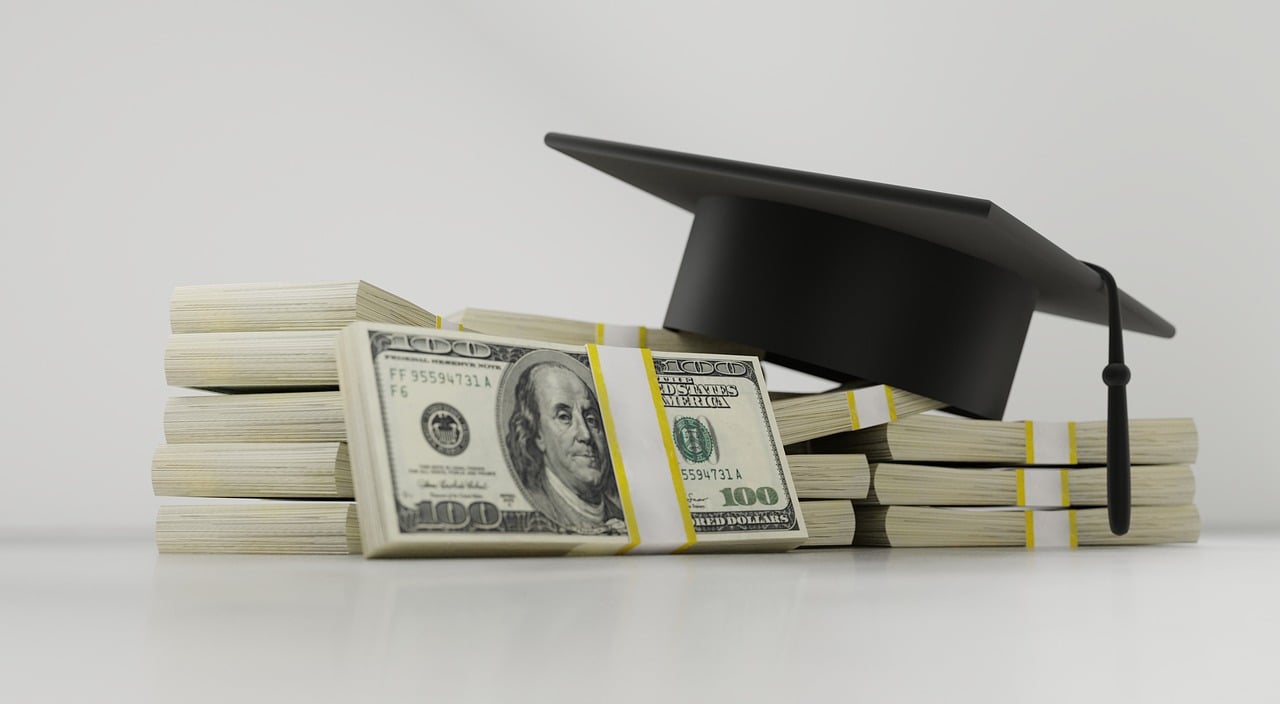People all over the world praise the educational system in the United States. Many school graduates aspire to get into college or university in America. It’s not surprising, as seven US universities occupy leading positions in the ranking of the best educational institutions on the planet. The youth strongly believes that their “real life” begins once they leave the hometowns and move into a dorm. But studying at the university is not as simple and enthusiastic as it’s depicted on the screens. You don’t just fall in love, party till dawn and pay for essays that you haven’t managed to write in time. Being a student involves great responsibility. You enter your adulthood not when you have been accepted to the university. You become an adult once you have signed for your first student loan. Today, we are going to take a closer look at the situation with student loan debts and tell you 5 astonishing facts you did not know.
Total Loans Volume Went Beyond All Limits
According to Experian, the credit reporting agency, the student loans increased by 25% in the last 5 years and by 2% in the last year. The total volume reached its absolute high worth $1.41 trillion. That’s 7.5% of the US GDP!
Q3 2019 hedge fund letters, conferences and more
That’s the second in size type of loan in the USA after the mortgage which equals $9,54 trillion. The market of student loans has grown more than 8 times within the last 15 years. Some analytics state that the situation with these loans resembles the “housing bubble” of the crisis in 2008. The volume of mortgage loans grew incredibly before the crisis. When the bubble popped it caused a sharp economic slowdown.
Wall Streeters Are Worried
Even though the volumes of mortgage and student loans are far from cry - $13 trillion against $1.41 trillion, financial experts are anxious. They do bother that a new bubble might blow. The Federal Advisory Council was the first to pay attention to the unregulated growth and related risks. They prepared a report that described all the pains of the enhancing volume of student loans. However, there’s nothing to worry about. The government has its finger on the pulse after the crisis of 2008. They state that even if a bubble pops, it’s won’t influence the financial system of the country. Since 2010, the government does not give a guarantee on student loans and concentrate only on the direct action of providing them. This decreases the risks of the lack of liquidity that provokes the popping of the bubble. The volume of educational loans is less than 10% of the mortgage active assets before the crisis. In other words, if students stop paying their loans, the volume of the problematic assets will be less than during the previous crisis.
Factors That Make Everything Happen
Several aspects influence the growing volume of student loans. First of all, the price of education is increasing. According to Bloomberg, from 2006 to 2017, the charge for college grew by 63%. The price of living in the dorm raised by 51%. Buying books also became more expensive - their cost is increased by 88%.
Another reason is the existence of loan forgiveness programs. They can forgive, cancel, or discharge the remaining balance of your debt. If the credited party made a certain number of payments, the loan can be forgiven. LendEdu conducted a survey and almost 50% of students claimed that they hoped to use this federal program. The last reason seems too ridiculous but it’s true. Many people spend their student loans on purchasing something or traveling.
Student Loan as Investment?
Students tend to pass a part of their future income to private companies in exchange for investments in education. This financial instrument is called ISA or an Income share agreement. Two parties conclude an agreement - a student and a private company. The latter funds the education but then gets a percentage of graduate’s salaries once he or she gets a job. Experts at ISA state that some of the largest investment companies and managers in the world considered an opportunity to invest in contracts.
Salaries Do Not Cover Loans
A high expiration of time limits may denote the low salaries of graduates in comparison to the size of the debt. The average annual salary of a graduate with little or no experience is up to $50 thousand. Clearly, everything depends on the sphere and discipline. So far, engineering and computer science are the most profitable ones. People can earn up to $70 thousand per year. The average post-graduation debt typically equals around $20 thousand. Again, everything depends on the university and the number of credits. In other words, the loan equals 40% of the person’s income. In the future, this tendency can have a great impact on the decisions people make. The youth may think twice before getting a degree and fulfilling the American dream. In return, it will influence the labor market in the country.






